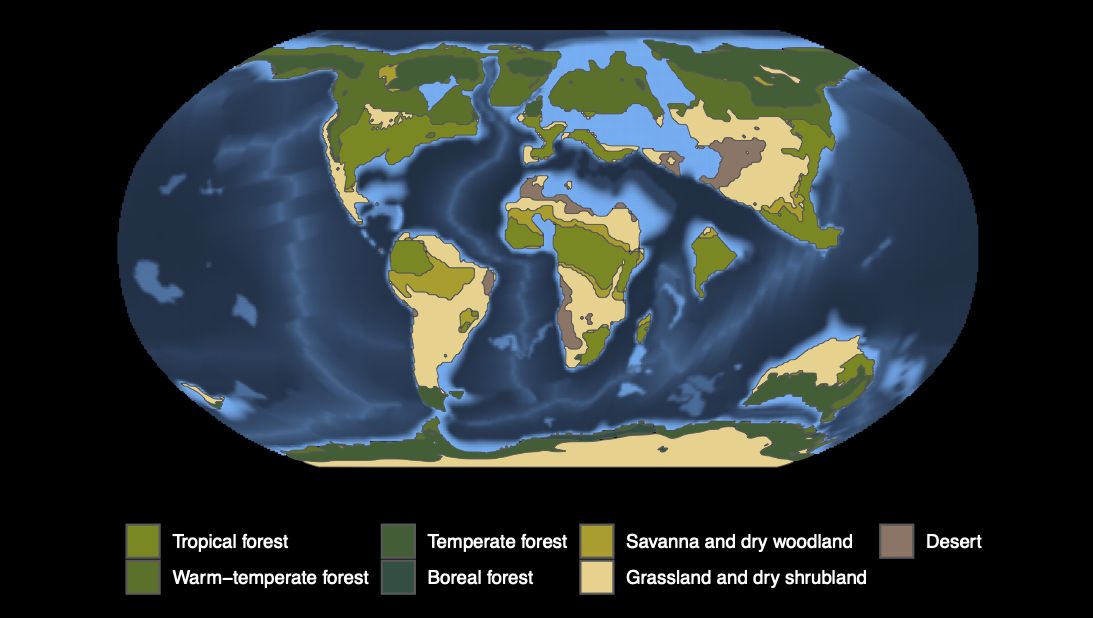I am an ecologist who uses a variety of quantitative macroecological and field based approaches to study introduced species and novel ecosystems. I am interested in studying these phenomena in the context of Earth's history and with an eye to the influence of cultural values on how we interpret biotic change.
We are in the midst of the Great Reshuffling: a historically unprecedented shuffling of species, from introductions but also from the migration of species in response to climate and landscape change. This reshuffling is only going to accelerate: climate projections put us on a course to the Eocene—a time when Greenland was a warm-temperate forest and New Jersey was tropical. Will these future no-analog communities function similar to native, heirloom communities and will they support biodiversity and human societies?

Some climate projections set us on a course to the Eocene, a time when the Earth was radically different. How will future communities assemble and function in a radically altered biosphere? Eocene biome reconstruction from Harold et al. 2014
My research—spurred by field observations that did not square with the paradigms I had been taught—has contributed to this question with a focus on introduced large herbivorous mammals (‘megafauna’). By studying introduced megafauna simply as wildlife, I have found fascinating processes hidden in plain sight. This includes work that described how feral donkeys and horses dig wells of up to 2m in depth, maintaining water availability and providing resources used by a myriad of species; that mountain lion predation on feral donkeys leads to novel, behaviorally-mediated trophic cascades that shape desert wetlands; and that if we decide to count introduced biodiversity as biodiversity, spatial conservation priorities and patterns of modern and prehistoric biodiversity loss, in numeric and functional dimensions, can radically shift.
Moving forward, I am interested in continuing curiosity-driven fieldwork in novel ecosystems as well as leveraging large meta-analytic datasets to disentangle when nativeness actually matters. In what systems and with what organisms could an extraterrestrial ecologist determine whether a species was native or introduced based on their actual effects?
Some of this work is already underway. For instance, I found that functional traits (particularly muzzle width and body mass) shape the effects of megafauna on plant diversity, regardless of nativeness or coevolutionary history.
I hope to expand this by incorporating tools from the field of metascience, including by working with ecologists of divergent views to collaboratively develop hypotheses in good faith and to test them independently with the same data. In this way, I hope to facilitate a transition from acrimonious name-calling (e.g., ‘invasive species science denialists’) to the co-production of transformational knowledge.